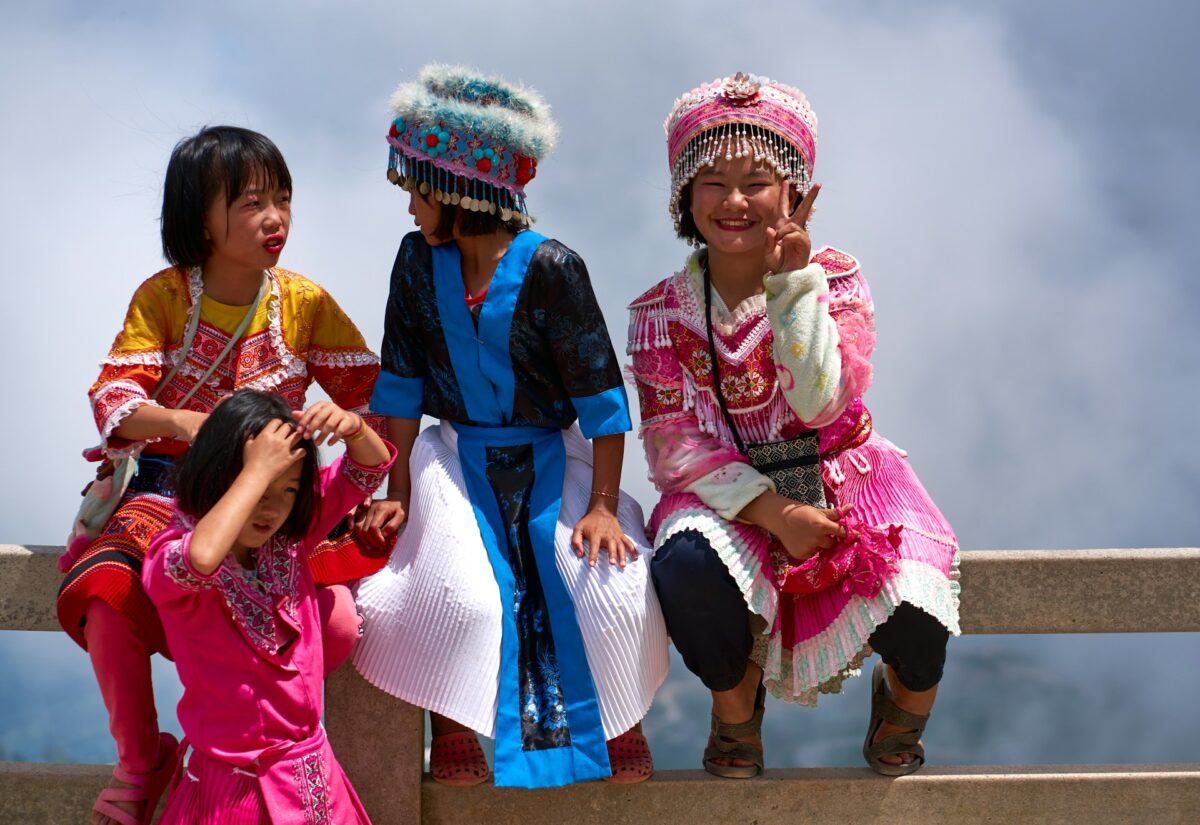Indigenous Oral Histories That Were Later Proven by Archaeology
- Gail Stewart
- May 26, 2025
 Unsplash/Norbert Braun
Unsplash/Norbert BraunFor thousands of years, Indigenous peoples around the world have passed down stories through spoken word—tales of creation, survival, migration, and disaster. For a long time, many archaeologists and historians dismissed these accounts as myth or folklore. But in recent decades, something remarkable has been happening. Excavations and scientific studies are starting to back up what Indigenous communities have said all along.
Here are powerful examples of oral traditions that modern archaeology later confirmed, reminding us that memory, when preserved through generations, can be just as valid as anything written in a textbook.
The Noongar memory of sea-level rise in Western Australia
The Noongar people of south-western Australia have long told stories about vast tracts of land being swallowed by the sea. Their oral histories describe places where people once lived that are now under water, with detailed references to coastlines, rivers, and islands that no longer exist.
For years, these accounts were seen as metaphorical. But in the 21st century, marine archaeologists began mapping the ancient coastline and comparing it with geological data. What they found matched up with the stories—the coast really did retreat dramatically after the last Ice Age, about 7,000–12,000 years ago.
A study published in Australian Geographer in 2014 mapped 21 Aboriginal stories describing rising seas and found that they aligned closely with actual, datable sea-level changes. These stories may well be among the oldest known records of environmental change.
The Duwamish story of the Great Flood in the Pacific Northwest
The Duwamish and other Coast Salish peoples of the Pacific Northwest in North America have long spoken of a massive flood that reshaped their landscape. Their stories describe water rising over mountains, wiping out villages, and forcing people to flee to higher ground.
In the 1980s and 1990s, geologists studying sediment in the region discovered evidence of an enormous earthquake and resulting tsunami that struck the area around 1,100 years ago. The sediment layers, found far inland, suggest the event would have caused widespread flooding, just as described in the oral histories.
The alignment between the geological findings and traditional accounts has prompted many archaeologists to take Indigenous knowledge more seriously as a historical resource.
The Gwich’in people and the caribou migration routes
In Canada’s Yukon, the Gwich’in have long told stories about the movements and patterns of the Porcupine caribou herd—information passed down to help future generations understand how to track and sustain the animals they depend on.
When wildlife biologists began studying caribou migrations using GPS collars, they found that the modern routes aligned almost perfectly with Gwich’in oral histories. One biologist told CBC that the traditional knowledge “matched what our modern science took years to figure out.”
This convergence helped protect vital calving grounds and shifted policy on how the Canadian government manages Arctic wildlife and land use.
The Māori story of Te Riu o Te Waka and hidden volcanoes
The Māori of New Zealand have oral traditions that speak vividly of volcanic eruptions, particularly in the Taupō region of the North Island. One story, Te Riu o Te Waka, describes a great canoe-shaped depression formed by fire and ash from beneath the earth.
For many years, Western scientists saw this as symbolic rather than literal. But in 2018, geologists confirmed that a massive eruption occurred in the Taupō region around 232 CE—one of the largest volcanic events in the last 5,000 years.
Researchers like Dr. Ben Kennedy from the University of Canterbury have since worked directly with Māori communities to better understand how such events were experienced and remembered.
The Yurok memory of earthquakes in northern California
The Yurok people of northern California told stories of the Earth shaking and the sea swallowing the land, stories that long predated European settlement. These were handed down not as entertainment, but as cautionary tales to prepare for the next disaster.
Geologists have since confirmed that the Cascadia Subduction Zone off the Pacific Northwest coast is capable of producing magnitude 9 earthquakes. In fact, evidence shows that such a quake occurred in 1700, sending a massive tsunami all the way to Japan.
A 2015 study in Seismological Research Letters confirmed that the oral histories of Indigenous peoples in the region were consistent with the physical evidence of this catastrophic event.
The Tiwi Islander story of ancestral land swallowed by the sea
The Tiwi people, living just north of mainland Australia, maintain oral histories of walking between their islands and the mainland—something that would only have been possible before rising seas submerged the land bridges around 8,000 to 10,000 years ago.
When archaeologists mapped post-glacial sea-level changes, they confirmed that the Tiwi’s ancestral stories align closely with real geological events. These stories have been passed down with extraordinary accuracy, reinforcing the idea that oral history can preserve detailed memory for millennia.
The Ngāti Hotu and Lake Taupō
Another Māori story concerns the tribe Ngāti Hotu, who once lived near Lake Taupō. Their oral tradition describes a violent eruption that darkened the sky, made it hard to breathe, and forced them to flee. The story also references a changing landscape and disrupted food sources.
Modern geology confirms that the Hatepe eruption of around 232 CE, linked with the Taupō volcano, was one of the most violent in the world’s recent history. The environmental upheaval described in Ngāti Hotu stories closely matches what scientists believe would have occurred.
Rather than being treated as folklore, these accounts are increasingly recognised as primary evidence of historical events.
The Gunditjmara and the Budj Bim aquaculture system
In south-western Victoria, Australia, the Gunditjmara people told stories of stone channels, weirs, and eel traps—landscape engineering that helped sustain their communities for generations. European settlers dismissed these accounts, assuming the region’s stone structures were natural or incidental.
But archaeological excavations in recent years have revealed a complex and ancient aquaculture system. The Budj Bim eel traps are now recognised as one of the oldest known examples of engineered food production in the world, dating back over 6,000 years.
In 2019, the Budj Bim Cultural Landscape was declared a UNESCO World Heritage Site, with oral history central to its recognition and preservation.
Why these stories were ignored for so long
For much of modern academic history, oral tradition was seen as less valid than written records. Many scholars assumed that details would be lost or exaggerated across generations. But time and again, Indigenous oral histories have shown a remarkable capacity for accuracy, especially when treated as dynamic records, not static legends.
The reality is, written records are not automatically more truthful. They’re filtered through the perspectives and agendas of those who wrote them. Oral traditions, by contrast, often reflect a communal effort to preserve memory with care and meaning.
A more respectful way forward
Today, more archaeologists are partnering with Indigenous communities to co-design research projects, rather than using them as subjects or side notes. This approach values traditional knowledge not just as evidence to support science, but as a framework for discovery in its own right.
Organisations like First Nations Knowledge Keeper Circle and collaborative archaeology initiatives across Australia, Aotearoa/New Zealand, and Canada are helping to shift the balance. These projects recognise that Indigenous oral histories aren’t relics of the past—they’re ongoing, living archives of people, place, and time.
The next big breakthrough might already be known. It’s just waiting to be listened to properly.



